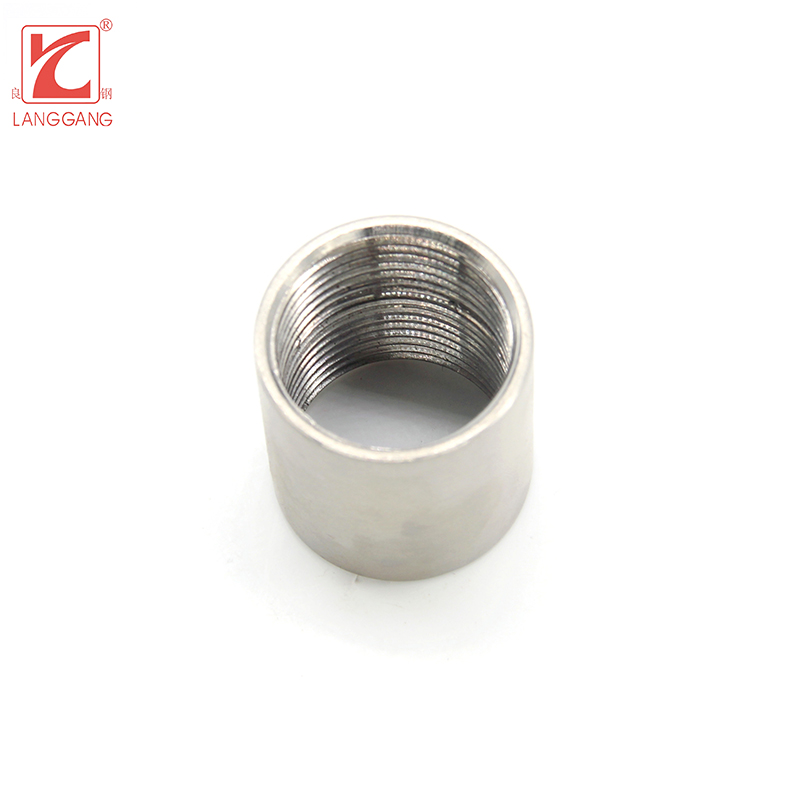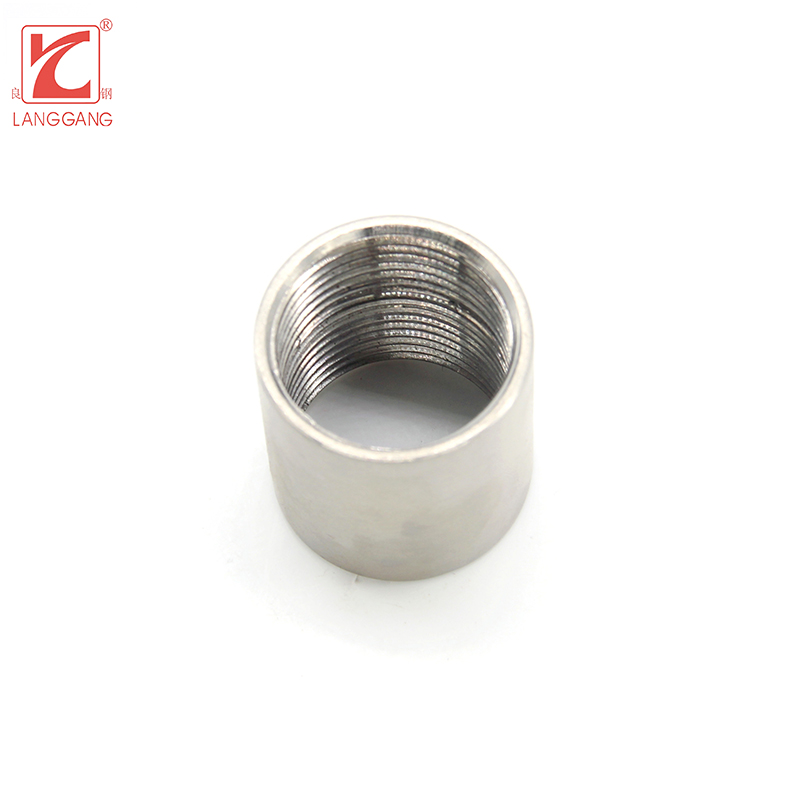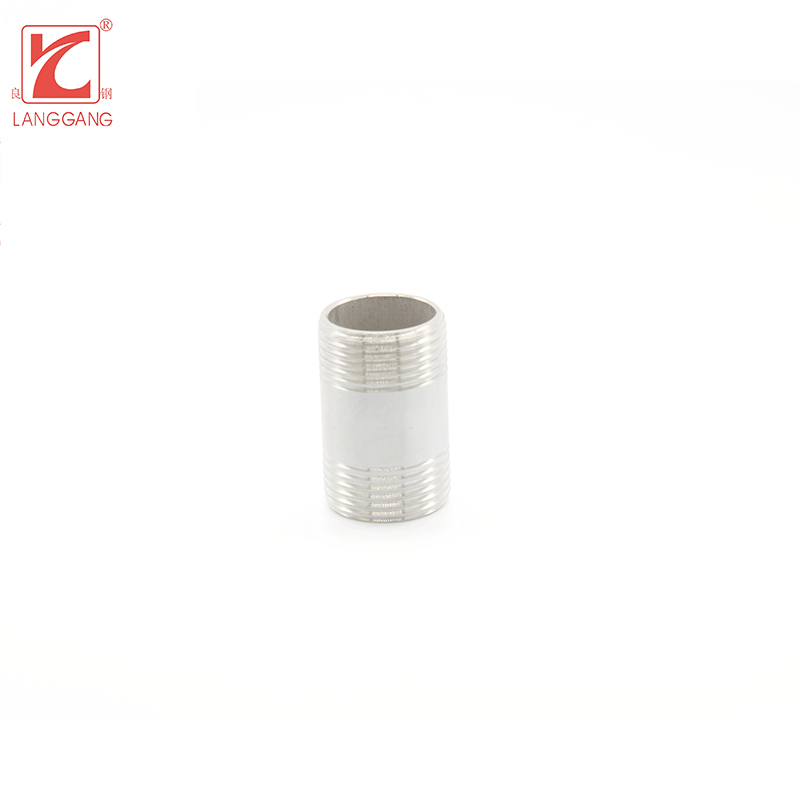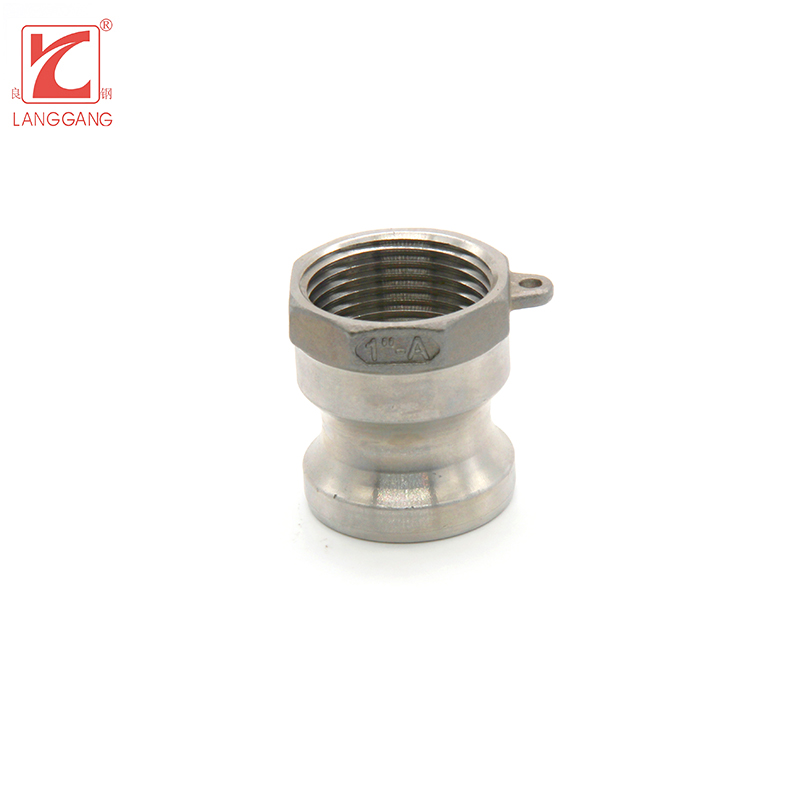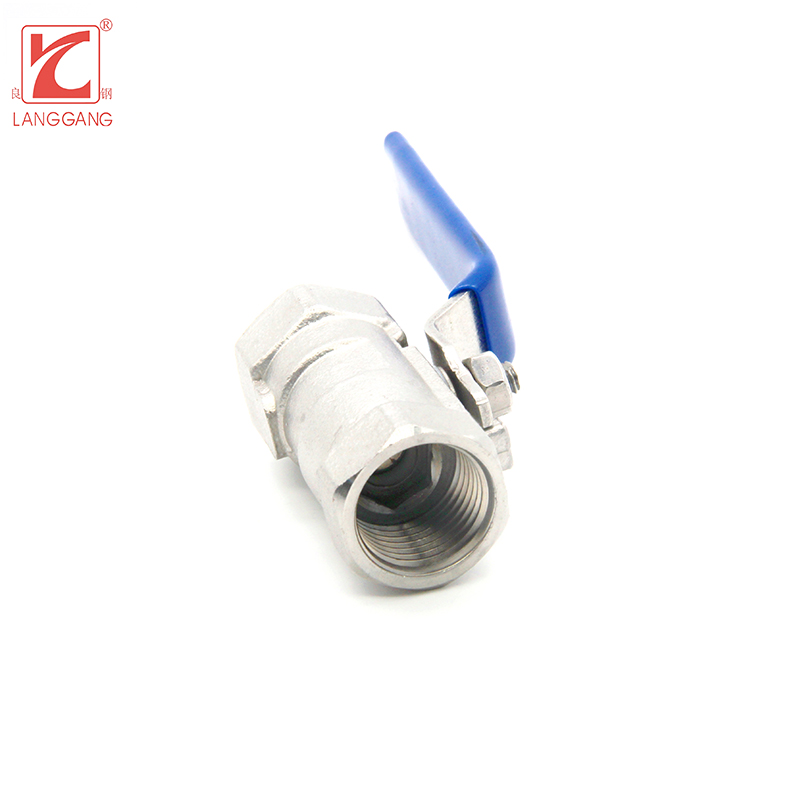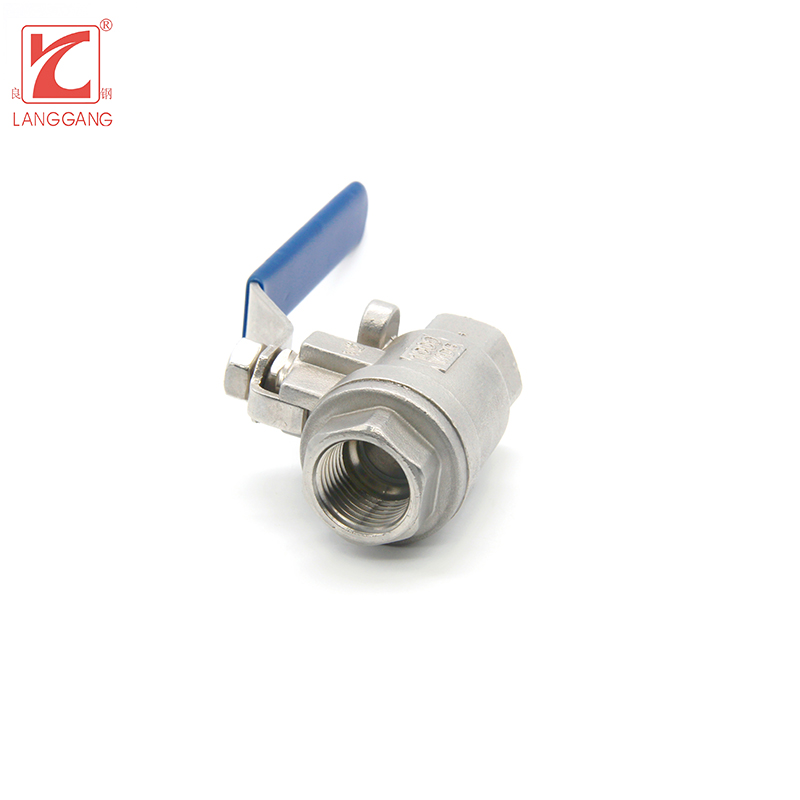What is a Weld Reduce?
Introduction
Weld reduce, also known as weld neck reducer or weld concentric reducer, is a type of pipe fitting used to connect two pipes of different sizes. It is commonly used in piping systems to reduce the diameter of the pipe and facilitate a smooth flow of fluids or gases.
The weld reduce consists of two ends with different diameters, connected by a tapered section. The larger end is welded to the larger pipe, while the smaller end is welded to the smaller pipe. The tapered section helps to gradually reduce the diameter of the pipe, ensuring a smooth transition and minimizing turbulence in the flow.
The welding process used to connect the weld reduce to the pipes is typically a butt-welding technique. This involves welding the ends of the pipes directly to the ends of the weld reduce, creating a strong and leak-proof joint. The weld reduce is usually made of the same material as the pipes it is connecting, ensuring compatibility and maintaining the integrity of the piping system.
Weld reduces are available in various sizes and materials to suit different applications and operating conditions. They are commonly used in industries such as oil and gas, petrochemical, power generation, and water treatment. They are designed to withstand high pressures and temperatures, making them suitable for demanding environments.
Types of Weld Reduce
There are several types of welded reducing pipe fittings available, including:
1. Concentric Reducer: This type of fitting has a symmetrical design with a central axis that aligns with the pipe's centerline. It is used to connect pipes of different diameters while maintaining a straight flow path. The reduction in diameter is gradual and smooth, ensuring minimal turbulence in the fluid or gas flow.
2. Eccentric Reducer: Unlike concentric reducers, eccentric reducers have an off-center axis. This design allows for the redirection of fluid or gas flow, making it suitable for applications where drainage or venting is required. Eccentric reducers are commonly used in wastewater treatment plants and drainage systems.
3. Butt Weld Reducer: Butt weld reducers are welded directly to the pipe ends using a butt welding technique. They provide a strong and leak-proof connection, making them suitable for high-pressure and high-temperature applications. Butt weld reducers are available in both concentric and eccentric designs.
4. Socket Weld Reducer: Socket weld reducers have socket ends that are welded to the pipe using a socket welding technique. They are commonly used in small-diameter piping systems and are ideal for applications where disassembly is not required frequently. Socket weld reducers are available in both concentric and eccentric designs.
5. Threaded Reducer: Threaded reducers have female threaded ends that allow for easy installation and disassembly without the need for welding. They are commonly used in low-pressure applications and are suitable for pipes with smaller diameters. Threaded reducers are available in both concentric and eccentric designs.
6. Weldolet: Weldolets are a type of branch connection fitting that can be used as a reducing fitting. They are welded onto the main pipe and provide a smaller outlet for a branch pipe. Weldolets are commonly used in piping systems where a smaller pipe size is required for a branch connection.
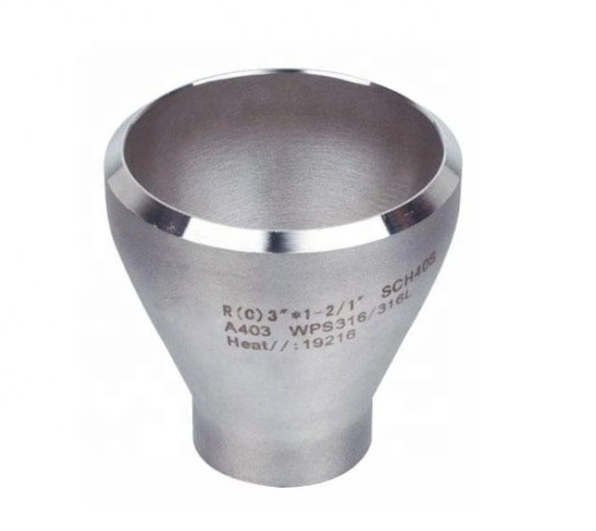
Installation
The installation of weld reduce pipe fittings involves the process of preparing and joining pipes with reduced diameter fittings to create a secure and leak-free connection. Here is a detailed introduction to the installation process of weld reduce pipe fittings:
1. Material Selection: Select suitable pipe and fitting materials based on the application requirements, such as the type of fluid being transported, temperature, pressure, and compatibility with the environment.
2. Measurement and Cutting: Measure and mark the pipe at the desired location where the weld reduce fitting will be installed. Use appropriate tools such as a pipe cutter or saw to cut the pipe accurately.
3. Pipe End Preparation: Prepare the ends of the pipe and the fitting by removing any burrs, sharp edges, or contaminants that may affect the integrity of the weld joint. This can be done using a file, deburring tool, or grinding equipment.
4. Fit-up and Alignment: Position the pipe and the fitting together to ensure proper fit-up and alignment. The pipe should fully engage with the fitting to achieve a tight and secure connection.
5. Tack Welding: To hold the pipe and fitting in place during the welding process, tack welds are applied. These are small welds at specific locations along the weld joint. Tack welding ensures that the components remain aligned during the final welding process.
6. Welding Process: Use an appropriate welding process, such as shielded metal arc welding (SMAW), gas tungsten arc welding (GTAW), or gas metal arc welding (GMAW), based on the pipe material, fitting material, and project specifications. Follow the welding procedure specifications (WPS) to deposit the weld metal into the joint.
7. Post-Weld Treatment: After completing the weld, perform any necessary post-weld treatment processes. This may include processes like stress relieving, heat treatment, or surface finishing to improve the strength and appearance of the weld.
8. Inspection: Inspect the welded joint for any defects, such as cracks, porosity, or incomplete fusion. Conduct visual inspection and, if required, non-destructive testing methods like radiography, ultrasonic testing, or dye penetrant testing to ensure the quality and integrity of the weld.
9. Post-Installation Checks: After completing the welding process, conduct post-installation checks to verify the overall integrity of the connection. This may include pressure testing, leak testing, or other performance tests to ensure the reliability and functionality of the weld reduce pipe fittings.
It is crucial to follow industry standards, welding codes, and manufacturer's instructions during the installation process. Proper installation techniques, along with suitable materials and skilled welding practices, are essential for creating strong, durable, and leak-free connections using weld reduce pipe fittings.
Conclusion
Weld reduce is a pipe fitting used to connect pipes of different sizes, reducing the diameter of the pipe and facilitating a smooth flow of fluids or gases. It is commonly used in various industries and is designed to withstand high pressures and temperatures.
LGfittingvalve is a professional Weld reduce manufacture provides all kinds of Stainless Steel pipe fittings and valves.We use stainless steel to produce Weld reduce,ensuring its maximum durability. Feel free to contact us if you are looking for Weld reduce for your project or store.


